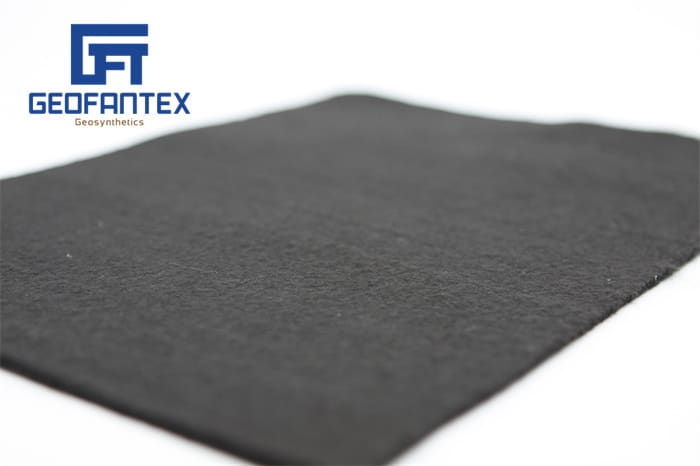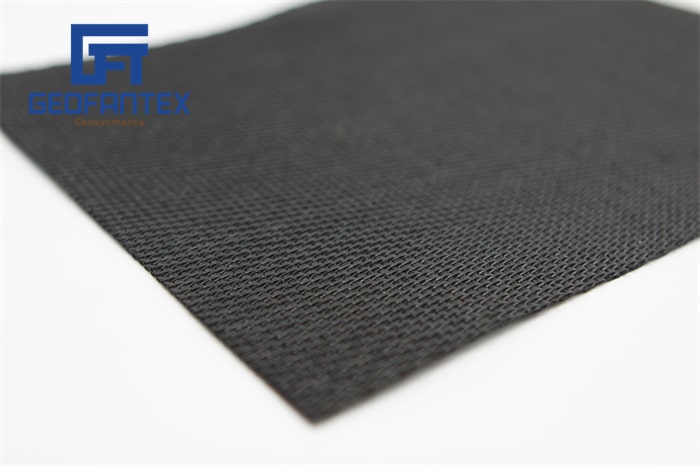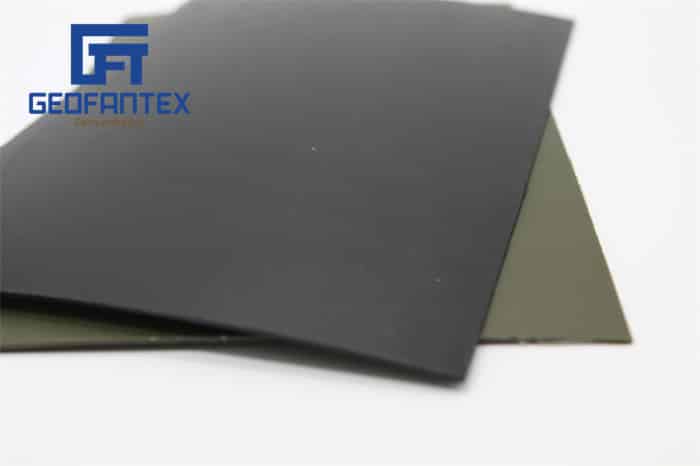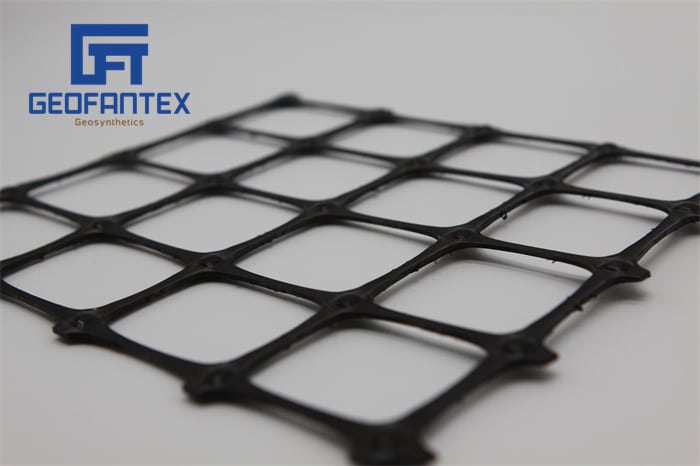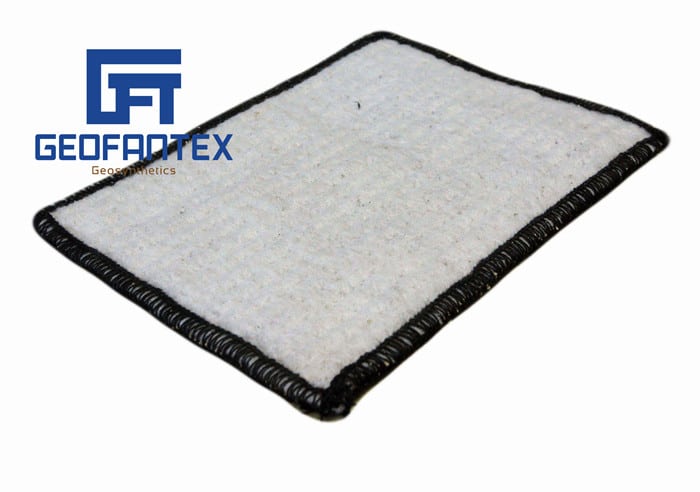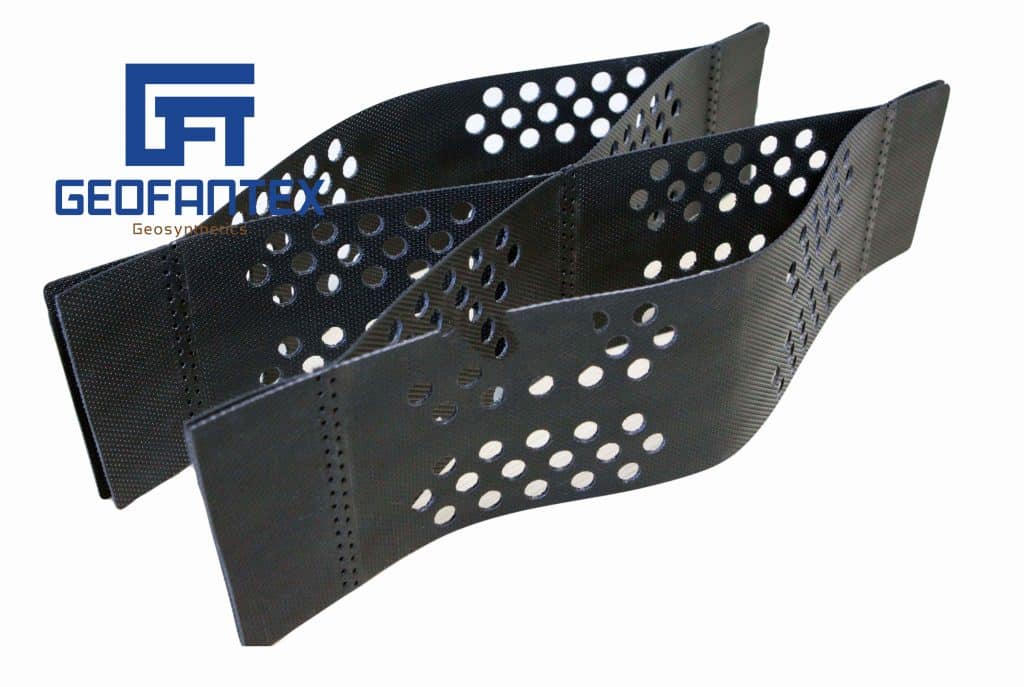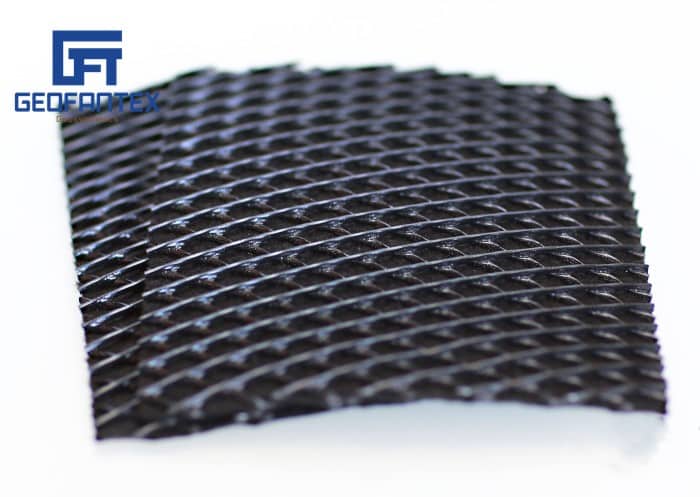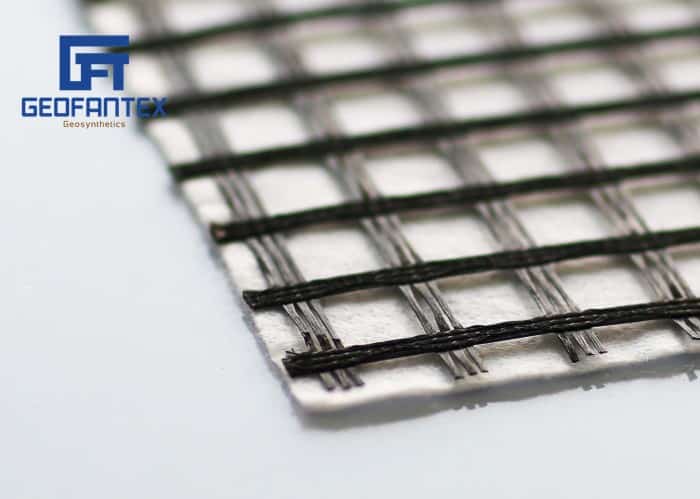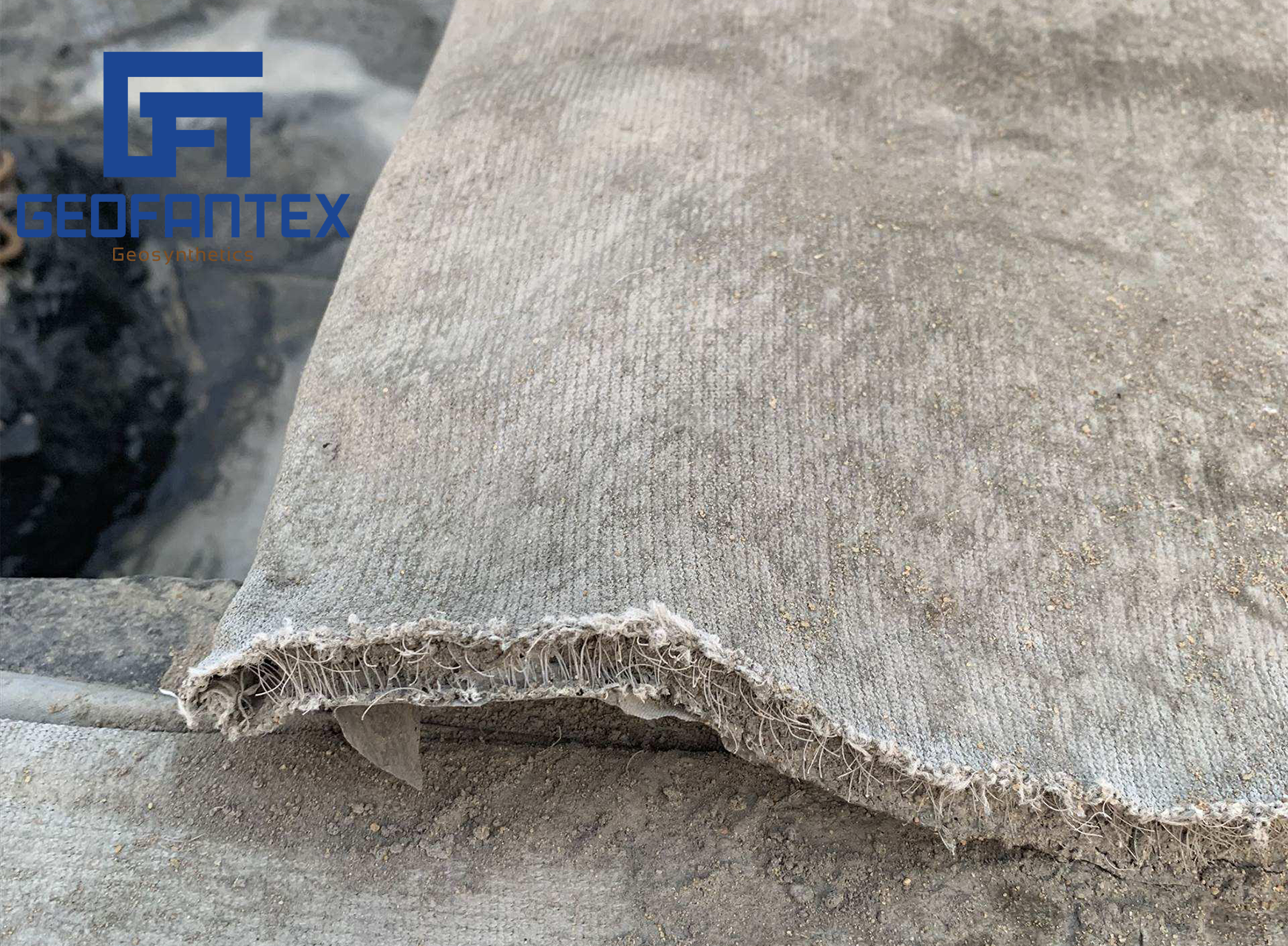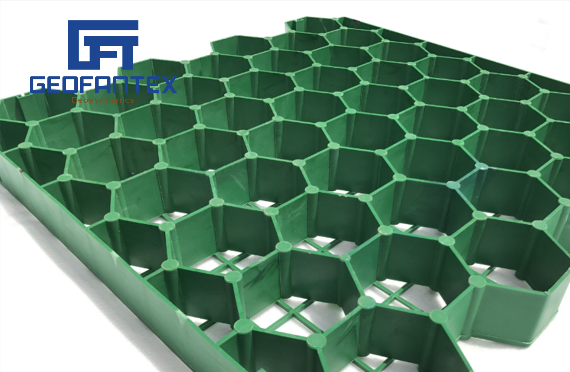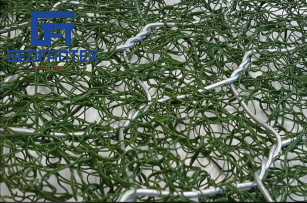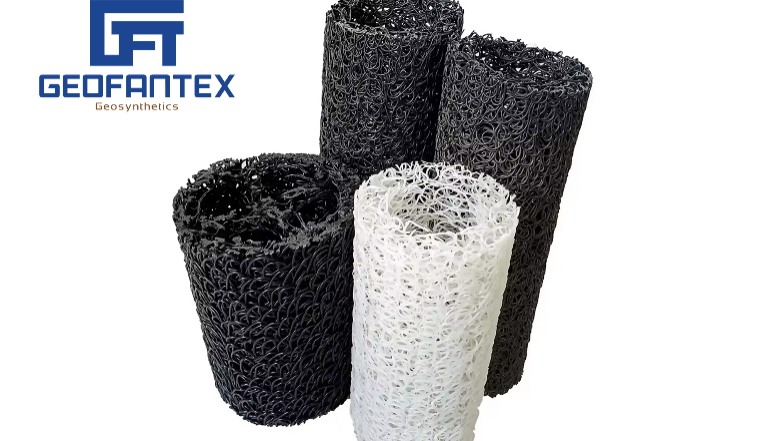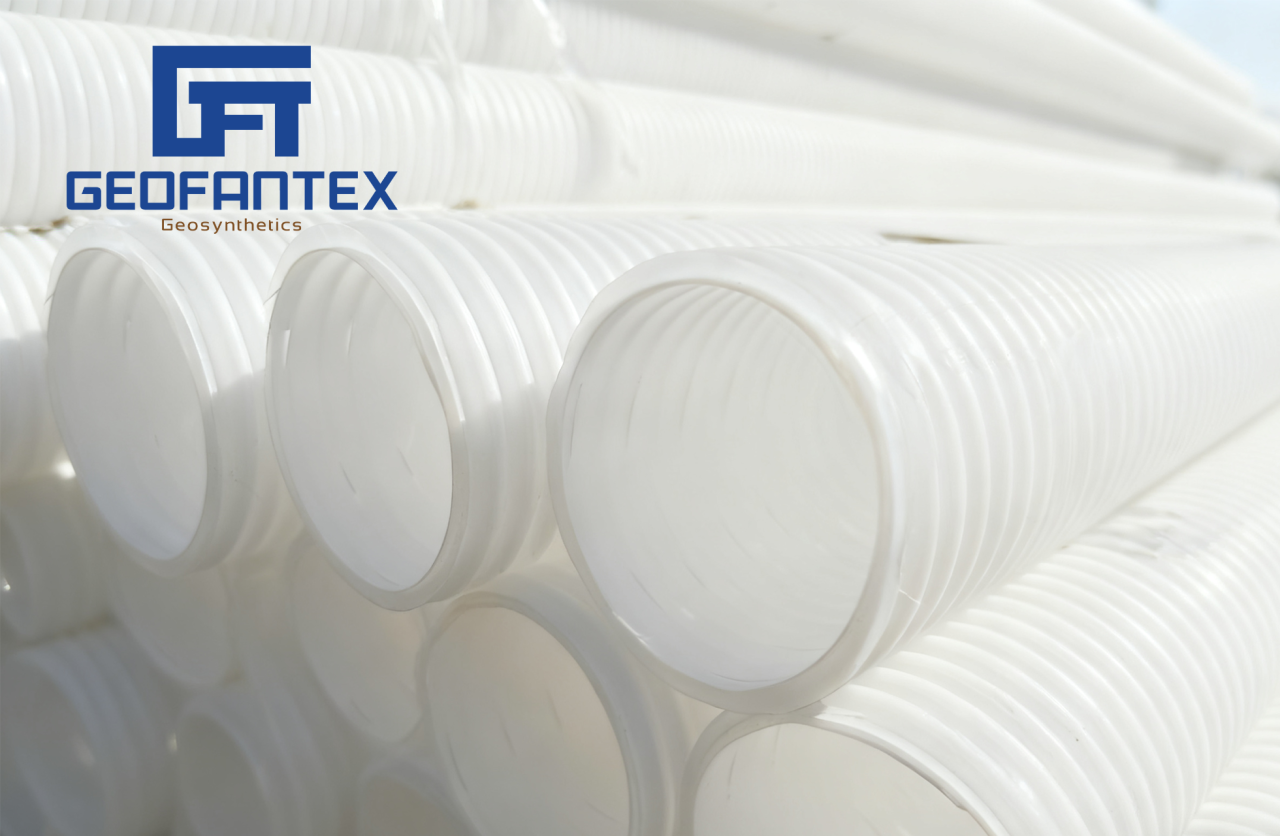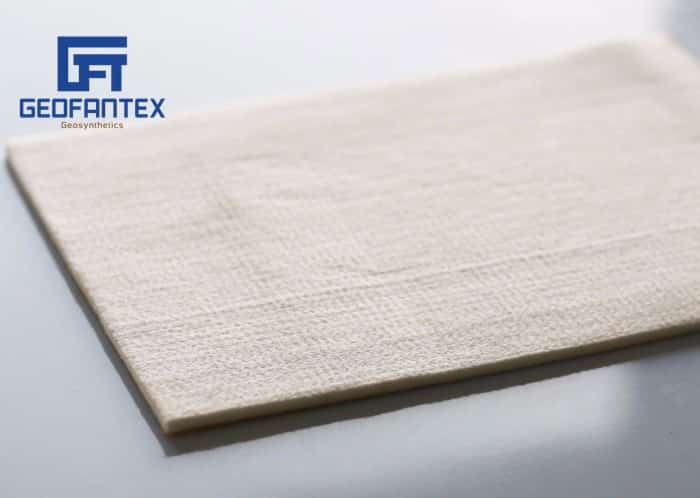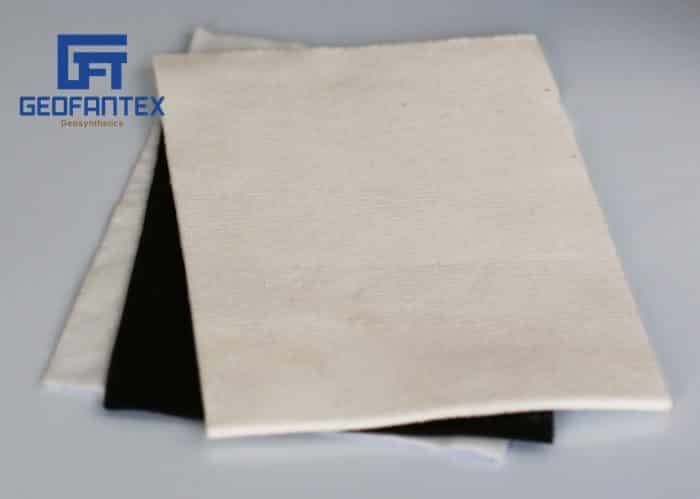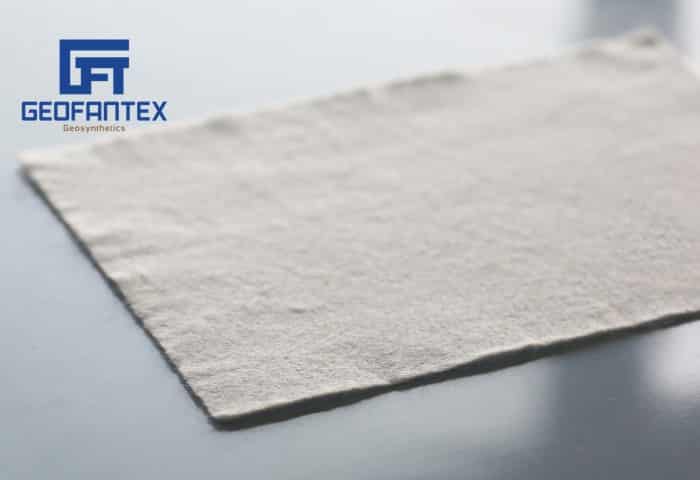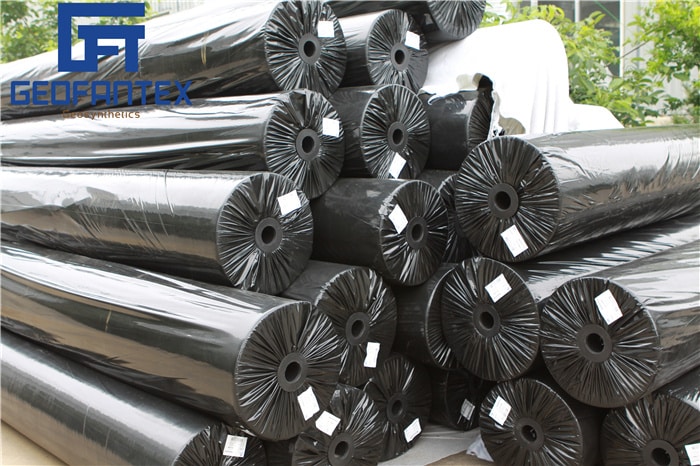+86-159 9860 6917
info@geofantex.com
geofantex@gmail.com
+86-400-8266163-44899
Geonet and geogrid are essential geosynthetic materials used to address structural and drainage issues in civil engineering and construction. This article answers common technical questions to help engineers and project managers understand how to solve problems using these materials effectively.
What is the difference between geonet and geogrid, and when should each be used?
Though both are geosynthetics, they serve different functions. Geonet is a three-dimensional synthetic structure designed mainly for drainage applications, such as in landfill liners or under roadways. In contrast, geogrid is used to reinforce soil and other materials, enhancing load distribution and stability in structures like retaining walls and paved roads. Choosing the right material depends on whether the project needs drainage control (geonet) or structural reinforcement (geogrid).
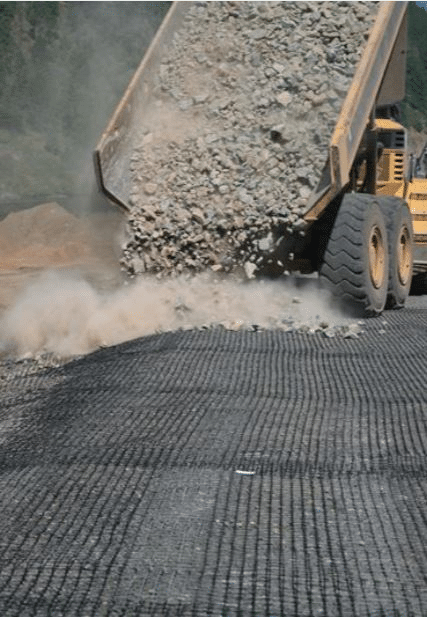
How can these materials help prevent soil erosion and instability?
Geonet and geogrid work together to combat erosion and slope failure. Geogrids reinforce the soil, preventing sliding and deformation, while geonets allow water to flow through without washing away fine particles. This dual function ensures both mechanical stability and proper drainage, reducing the risk of erosion-related failures on steep slopes or embankments.
What are common installation mistakes, and how can they be avoided?
Some frequent mistakes include improper placement, using incompatible fill materials, or poor overlap and anchoring. To avoid these issues, always follow manufacturer specifications, ensure correct orientation (especially for geogrids), and confirm that geonets are not compressed during backfill, which could block drainage pathways. Proper training and on-site supervision during installation are critical.

Can geonet and geogrid be used together in one project?
Yes, combining geonet and geogrid is a common and effective practice. For example, in road construction over soft soils, a geogrid provides load support while a geonet handles sub-surface drainage. Their combined use increases the lifespan and durability of the structure, especially in moisture-prone or load-intensive environments.
Geonet and geogrid are geosynthetic materials that solve key engineering challenges related to drainage and soil reinforcement. While geonet is ideal for fluid management, geogrid strengthens soil structures. Used together, they effectively prevent erosion, stabilize slopes, and improve construction durability. Correct selection and installation are essential to maximize their performance.
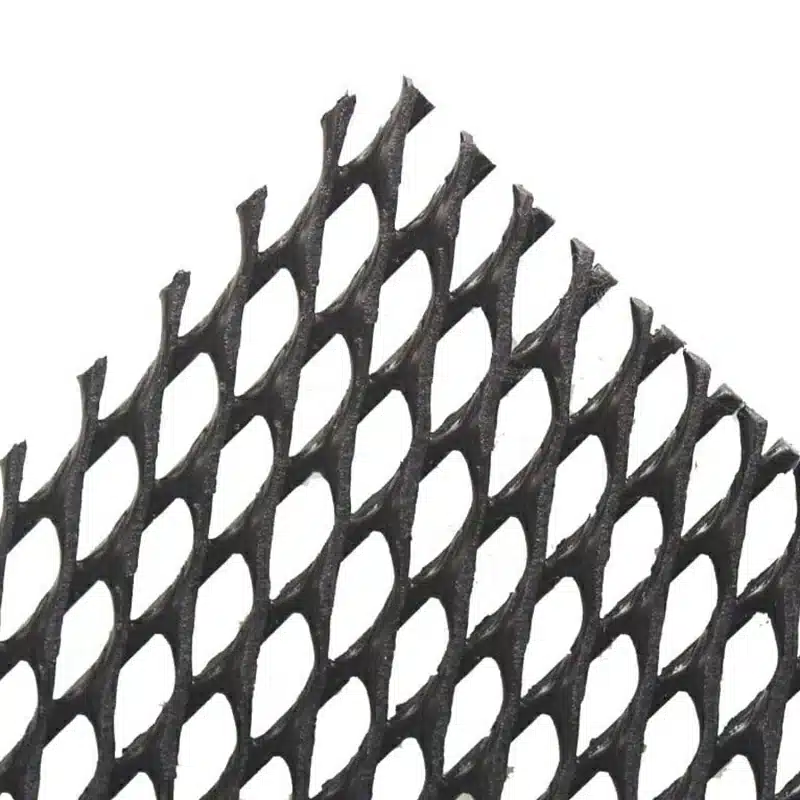
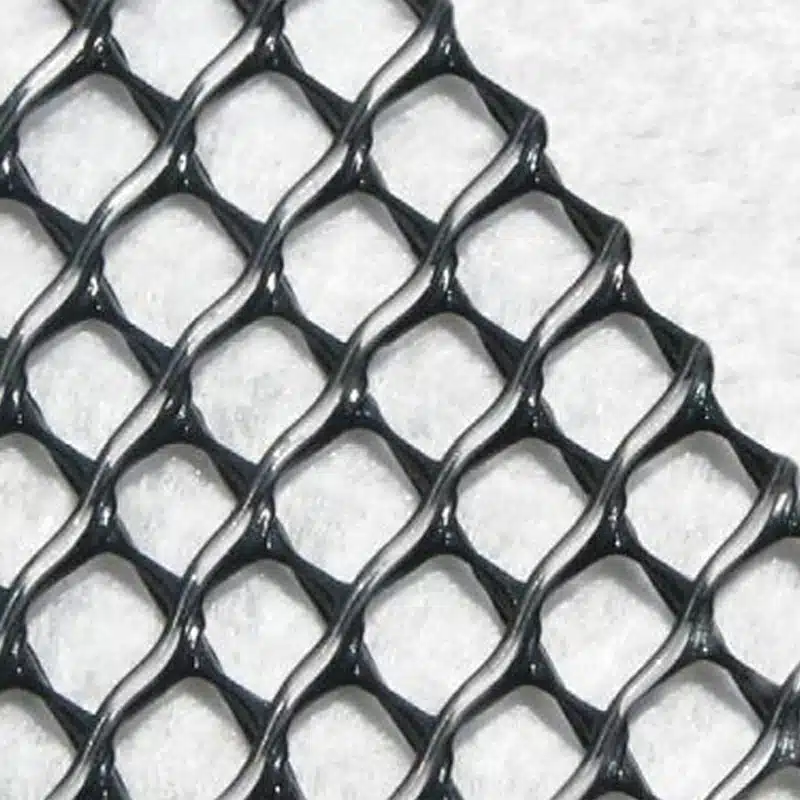
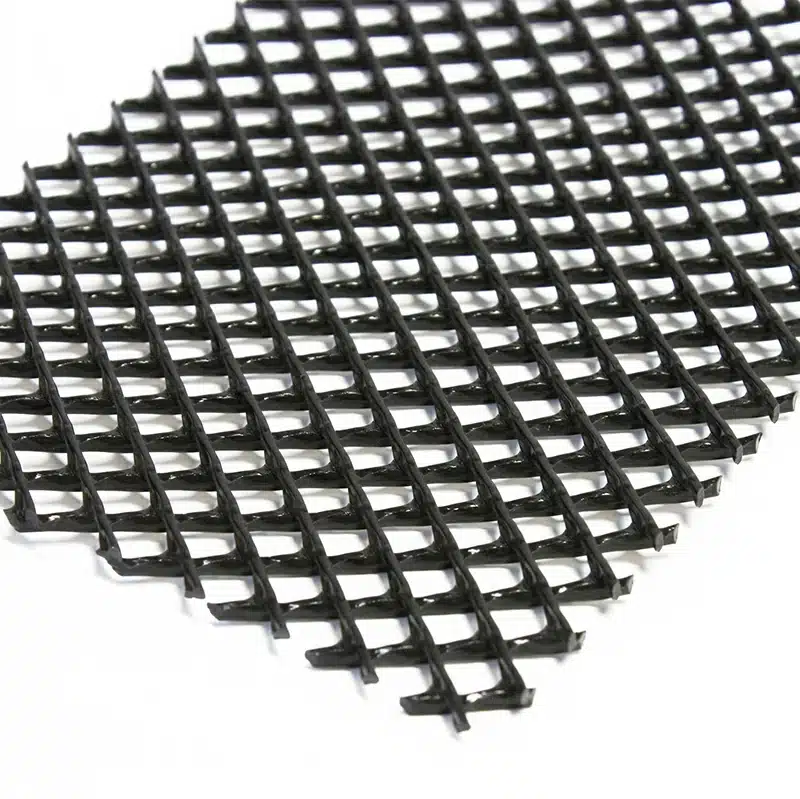
Get Free Sample
We’ll respond as soon as possible(within 12 hours)

